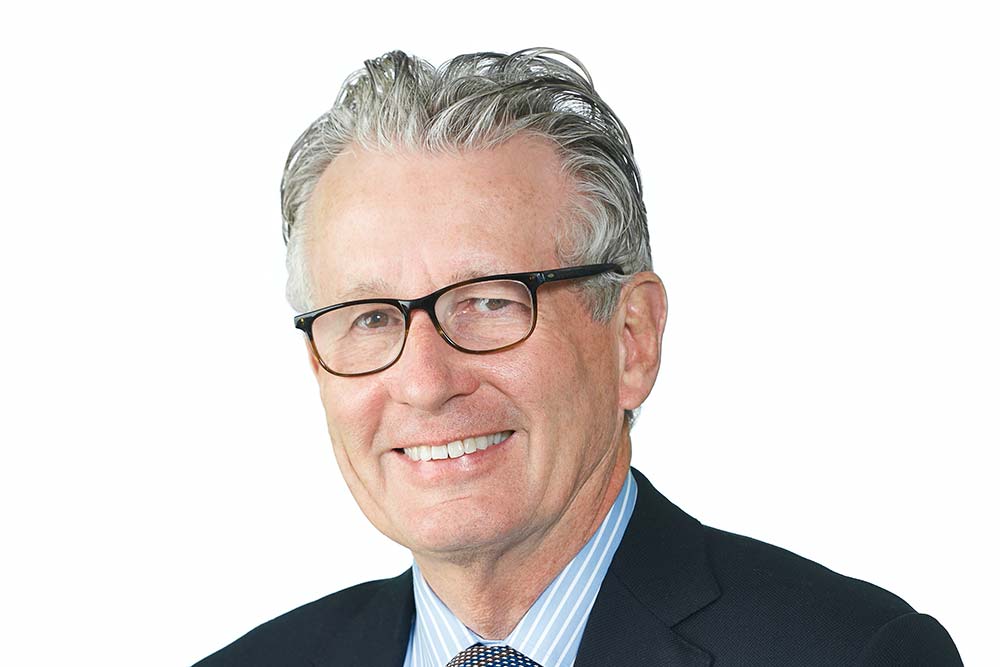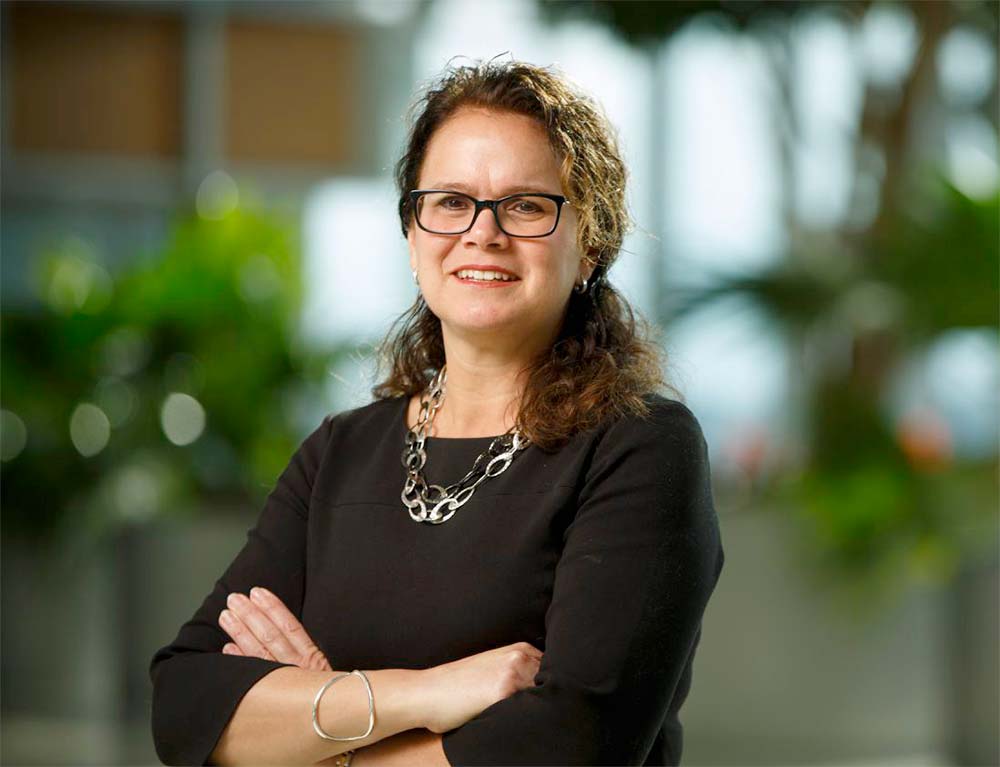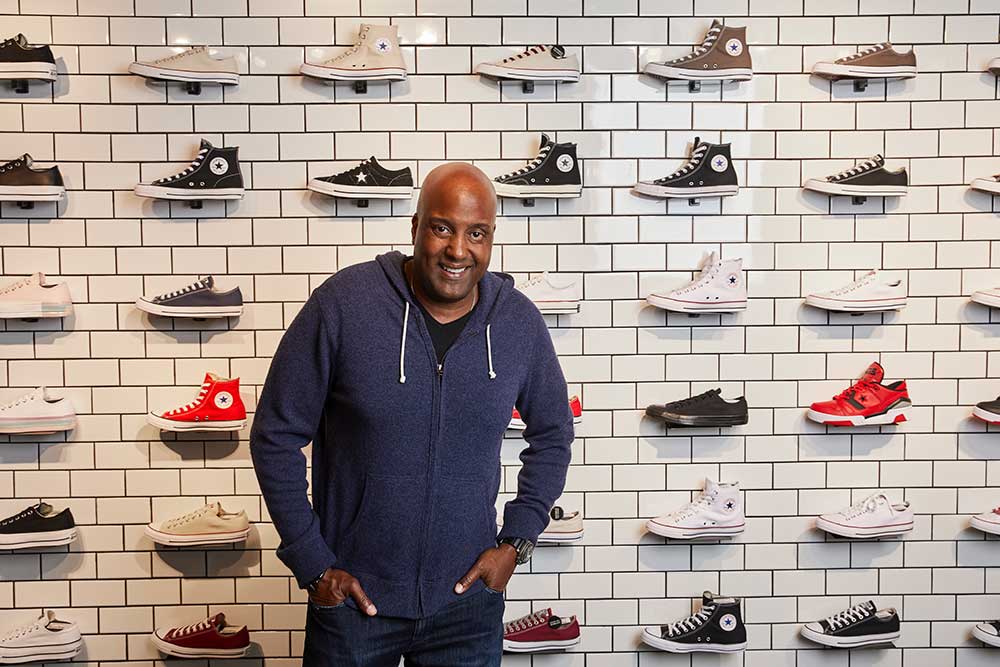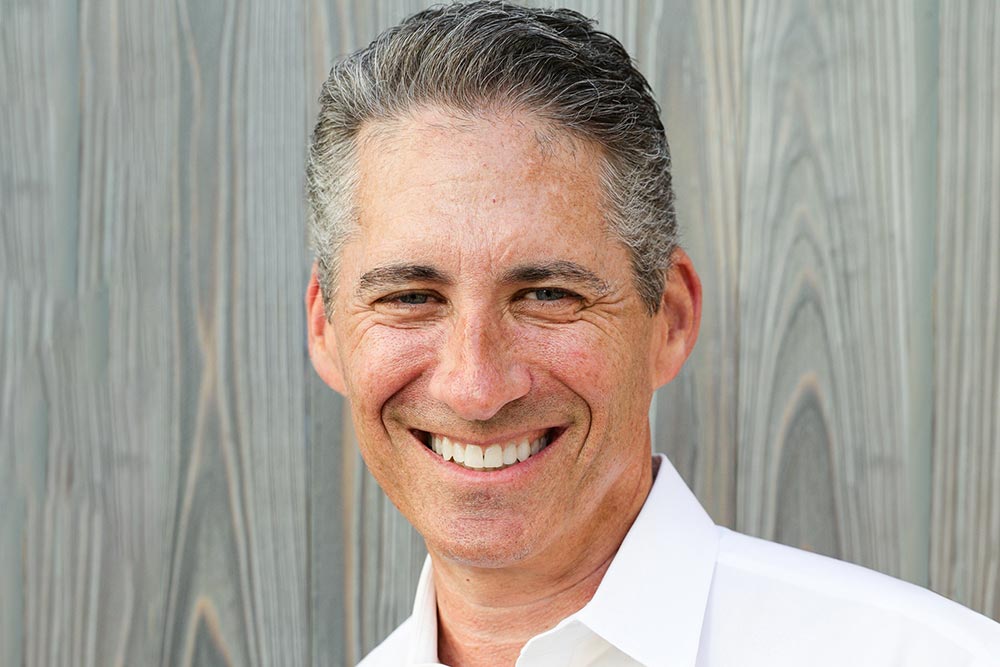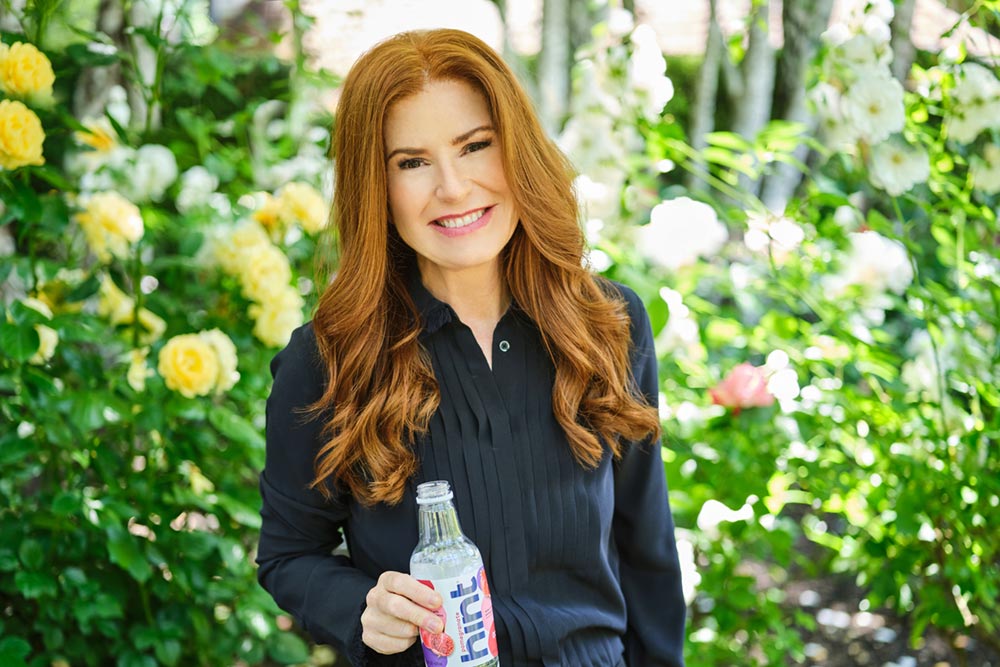“I’m a lifelong Girl Scout — Girl Scouts is really where I discovered my love of space and astronomy.”
~ Sylvia Acevedo, CEO, Girl Scouts of the USA

LG: You were one of the first Hispanic students to earn a master’s in engineering from Stanford and you began your career at NASA’s Jet Propulsion Laboratory. Talk a little bit about your career trajectory and the journey you took to becoming CEO of Girl Scouts of the USA.
SA: During my time at NASA I had the amazing opportunity to work on the Voyager 2 flyby of Jupiter and two of its moons, Io and Europa, and on the Solar Polar Solar Probe, now known as the Parker Solar Probe. I earned my master’s degree in engineering at Stanford and pursued a career in technology, working as an engineer and executive at Apple, Dell, Autodesk, and IBM.
I’m a lifelong Girl Scout — Girl Scouts is really where I discovered my love of space and astronomy. So I really jumped at the opportunity to lead an organization that had given me so much and to be in a position to pay it forward and ensure today’s girls have the same opportunities that I had to explore their world, try new things, and build life skills they can use throughout their lives.
LG: When and why did the cookie program become the focus of the Girl Scouts entrepreneurial fundraising efforts?
SA: The Girl Scout Cookie program is the most powerful financial literacy tool in the world for girls, teaching them five essential skills of goal setting, decision making, money management, people skills, and business ethics. And by the way, all of the proceeds generated from cookie activities stay in the local communities where they support our local Girl Scout council in providing our best-in-class programming to girls.
As for their history: Girl Scout Cookies came from necessity. Sadly, girls did not — and still do not — receive a high percentage of overall donor dollars, so the cookie program was a way for the Girl Scout Movement to fund it’s work. The cookie program had their earliest beginnings in the kitchens and ovens of our girl members, with moms volunteering as technical advisers. The sale of cookies as a way to finance troop activities began as early as 1917, five years after Juliette Gordon Low started Girl Scouts in the United States, when the Mistletoe Troop in Muskogee, Oklahoma, baked cookies and sold them in its high school cafeteria as a service project.
Thanks to the cookie program, Girl Scouts has grown into the iconic program everyone loves today.
LG: Describe the ‘Girl Scout’ today. Who is she, and how has she changed over the years?
SA: This is an interesting question. In some ways, she hasn’t changed that much, because she has always been at the forefront for girls. In every generation, girls who were Girl Scouts possessed a certain dynamism, energy, determination, and commitment to making her world a better place.
Of course, what it means to be a pioneer has changed quite a bit over the years. From playing sports outdoors to the very first cookie sale, through to today’s girls who build robots and tackle global issues, “the Girl Scout” has always been, and will always be, a girl with the courage, confidence and character to make her world a better place, whatever that may mean at any point in time.
LG: Share with us your reaction to the Boy Scouts strategy to recruit girls to their organization?
SA: We were disappointed with the Boy Scouts’ decision. Competitors come and go — but Girl Scouts focuses on moving forward at the pace of girls, and we take our cues from what their interests and needs are. We remain as committed and focused as ever before when it comes to serving today’s girls in new, exciting, and future-focused ways, because the need for female leadership has never been greater.
LG: What’s your biggest challenge building the Girl Scouts brand?
SA: In some ways, the biggest challenge is that the Girl Scouts brand is already built! For more than a century now, Girl Scouts has been understood as the best girl leadership development program in the world, and we’ve been synonymous with exciting cutting-edge programming, our delicious cookies, and girls’ ambition. The challenge is to constantly refresh those ideas, and find new compelling programming for girls to make sure Girl Scouts stays relevant, fun, and important for future generations.
LG: How are you leveraging social media and technology to communicate, engage, and create a dialogue with girls?
SA: Our goal on social media is to engage, inspire, and educate. Through our channels, we aim to remain relevant and relatable, but also have some fun and present a POV on issues that matter to girls, parents, and volunteers. For us, social media is a place for a two-way conversation. Social media should be social!
Our social team answers thousands of DMs (direct messages) a month across all platforms and focuses on fostering genuine connections with girls, especially on Instagram. We know that our voice is most powerful when we “pass the mic” and let the girls shine. From featuring Gold Award Girl Scouts to uplifting local council stories of Girl Scouts making the world a better place — we’re creating a social space that inspires action and fosters female ambition.
Be sure to follow us on Instagram, Twitter, and Facebook and stay up on all that Girl Scouts is doing!
LG: Who are your best brand ambassadors?
SA: We actually featured a lot of our notable Girl Scout alums in our “Lifetime of Leadership” PSA last year, which was narrated by Queen Latifa: Katie Couric, Venus Williams, Tyra Banks, Karlie Kloss, Sheryl Crow, Dakota Fanning, and Melinda Gates, to name a few.
But you know what? Our best brand ambassadors are actually the girls themselves. This year’s class of National Gold Award Girl Scouts — ten teen activists and change-makers who created innovative and sustainable solutions for today’s most pressing issues — are perfect examples of the power of Girl Scouts, and we couldn’t ask for a better group of girls to speak for our brand.
LG: Talk to us about who’s been your mentor or who has influenced you the most.
SA: I found a lot of inspiration as a child in the life stories of historical figures I encountered at the public library. For me the library was more than an information repository. It served as an aspirational motivator, a place of learning, it was my gateway to the greater outside world, my google before google existed. The library and the librarians showed me a world of opportunity and introduced me to others who also faced feelings of isolation. Clara Barton, George Washington Carver, Florence Nightingale — I learned their stories and it gave me not only hope, but the path forward.
My Brownie troop leader also had a huge impact on me. On a camping trip with my troop she pointed out the stars and constellations in the night sky to me and told me there were whole systems out there for the exploring. She later encouraged me to earn my science badge, which I did by building and launching an Estes rocket — after much trial and error! Those were incredibly formative experiences and they set me on a path to studying engineering and becoming a rocket scientist.





